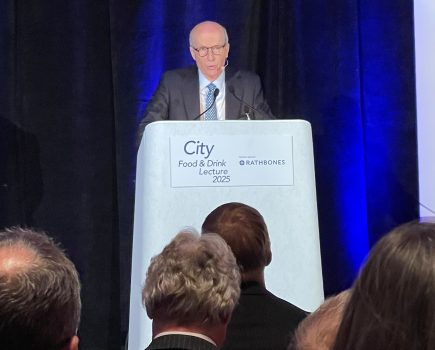Well, that was fun while it lasted. I refer, of course, to the brief surge in grain prices that began last spring, but which has now well and truly gone into reverse. My feed wheat in store is worth £100 per tonne less than it was a year ago.
The implications of this for arable farmers at a time of continued ‘agri-inflation’ are extremely concerning. While the value of crop sales and basic payments receipts are in free fall, many growing costs like agrichemicals, machinery and labour are still rising sharply.
The one area of comfort is the cost of fertiliser, and particularly Ammonium Nitrate (AN). This has fallen almost as dramatically as the price of wheat but, in my case, cheaper AN won’t be of any help for this growing season as I bought all my requirements last autumn when the stuff was still poisonously expensive.
Just where does this drop in the price of grain leave arable farmers in terms of a viable future? Our first collective reaction will probably be “what goes down can also go up”, so we will not panic if grain prices don’t recover for a bit.
Some farmers will also be in a better position to ride out a difficult trading period than others. Owner-occupiers with no borrowings are obviously in a strong position, as are those on good quality land where growing costs tend to be lower and yields higher. A big factor in terms of efficiency is also the ability and personal drive of the individual arable farmer.
But whatever the financial strength of the individual arable farm or the levels of efficiency, a prolonged period where most and perhaps even all growers are making negative returns would be very uncomfortable for all, particularly if double digit inflation simultaneously hacks away at the value of the capital we have invested in our enterprises.
Of course, many, perhaps even most, arable farms are busy diversifying their income streams away from relying on the price of wheat, oilseed rape and barley. Alternatives include the Sustainable Farming Initiative under ELMS, contracts for carbon offsets from polluting industries or biodiversity net gain agreements with developers and builders of infrastructure like railways and roads.
But it is still the case that unless the core arable activity is profitable in its own right, the process of producing combinable crops would quickly become dispiriting, given the investment and managerial commitment required to make sure it is done efficiently.
I’m sure most of us will carry on for now but, as my grandfather used to say: “There’s no taste in nothing”.







